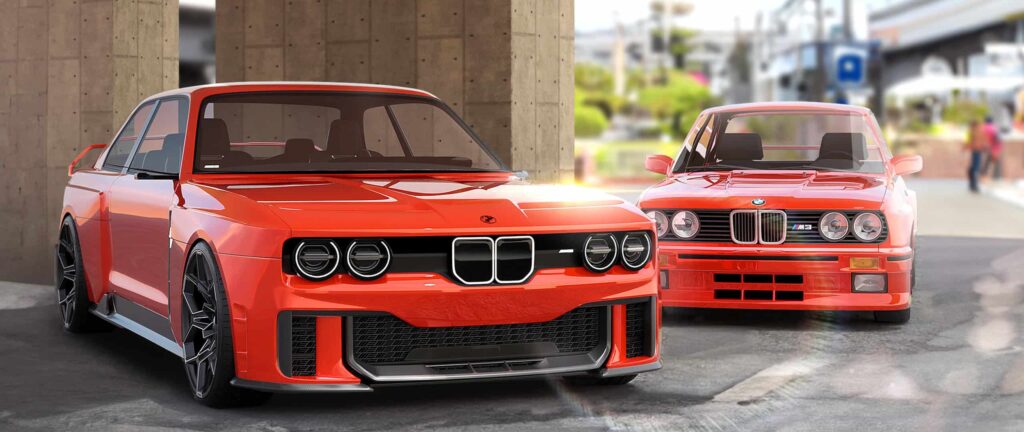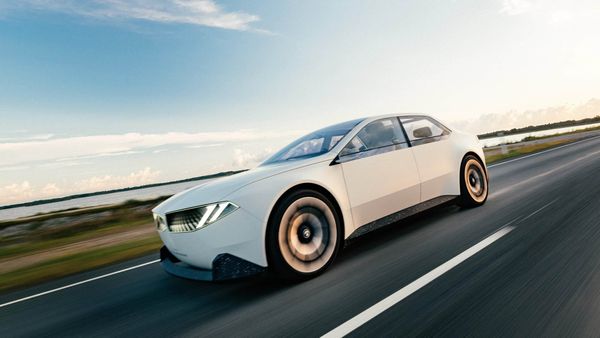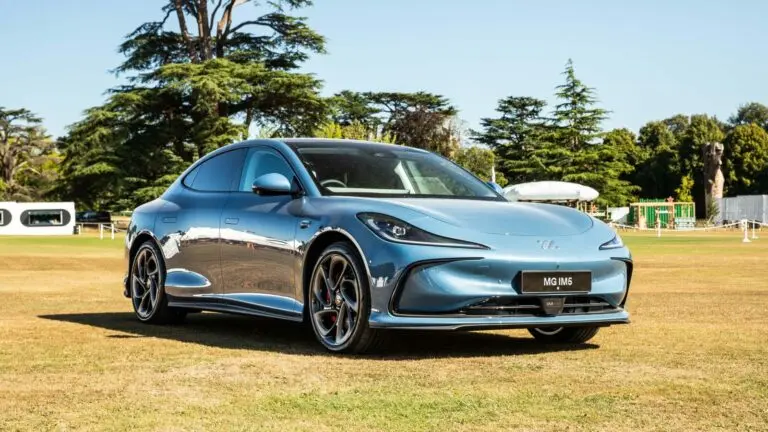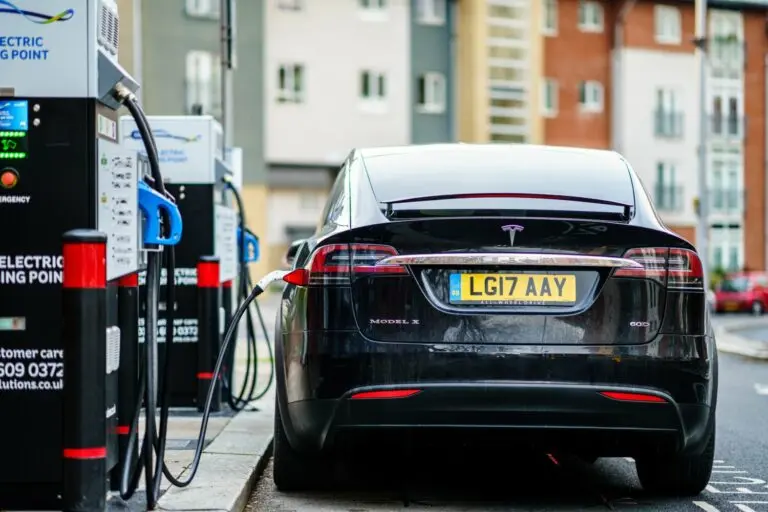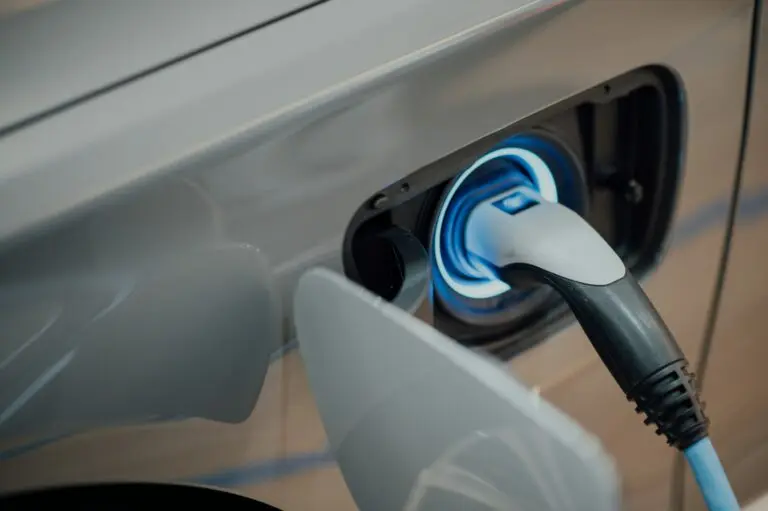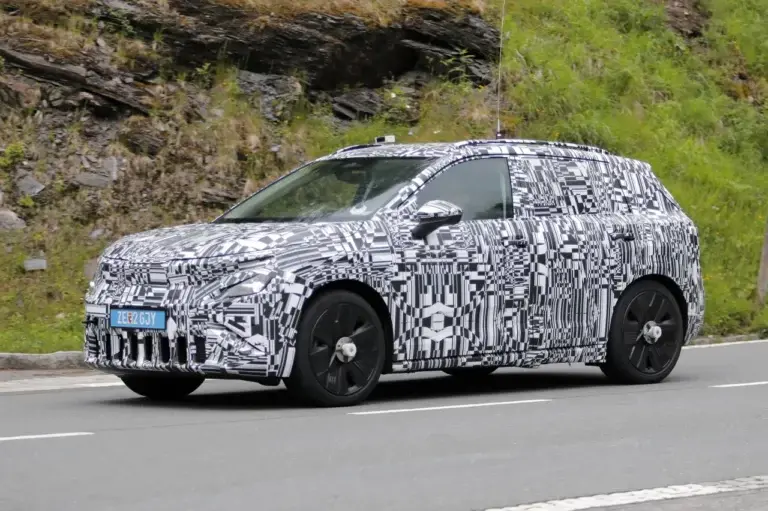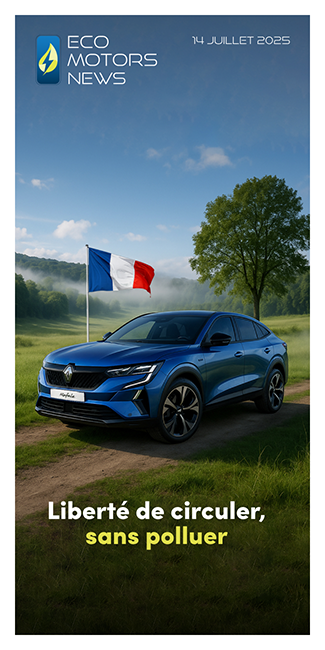Since its beginnings, BMW has cultivated a distinctive image, built on a distinctive driving experience and a recognisable visual identity. As the internal combustion engine reaches the end of its life cycle, a major change is on the horizon. More than just a technological shift, BMW is planning an in-depth transformation from 2025 onwards.
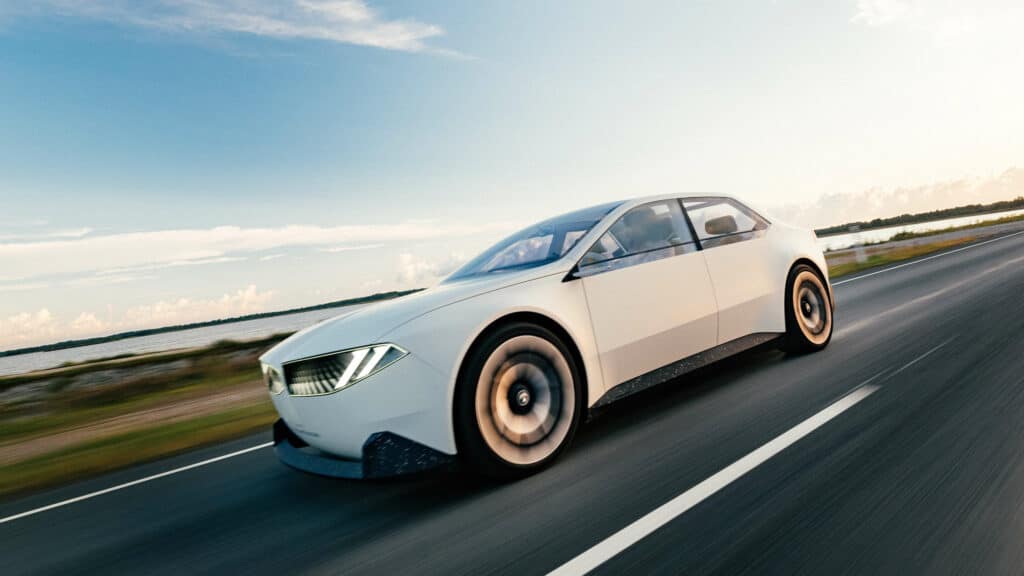
Vision Neue Klasse »: a strong new identity
Like its German competitors, BMW plans to stop selling combustion-powered vehicles by 2035. This transition to electric vehicles has already begun with a solid range (iX, i4, i7, etc.), and will accelerate with the arrival of the Neue Klasse in 2025. Initial sketches were unveiled in 2023, followed in 2024 by a first version of the Vision Neue Klasse. The style adopted is marked by strong ambition, symbolising a new era focused on innovation. BMW is not content simply to develop the engine, but is also completely rethinking the vehicle platform and interface.
On the programme:
● New electric technology, BMW’s 6th generation, with cylindrical batteries providing up to 30% more range and a 30% reduction in recharging time.
● A centralised electronic system that adjusts driving in real time (braking, acceleration, energy recovery) for greater fluidity and responsiveness.
● A more intuitive and personalised interface, with a redesigned head-up display (« Panoramic Vision ») covering the full width of the windscreen.
● Advanced semi-autonomous driving functions, capable of taking over certain journeys.
● Optimised energy management, adapted to the journey, the driver’s habits and the road conditions.
With a sleek interior design and a focus on connectivity and intelligence, this new generation aims to appeal to both purists and new users.
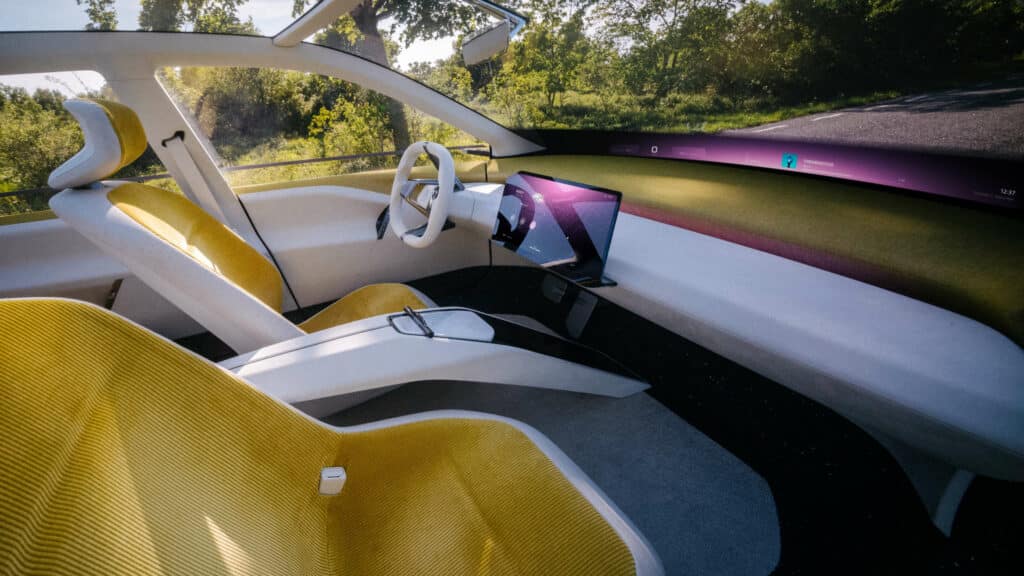
A drastic change of face
This development raises questions, as BMW has long been built around a loyal community, often attached to the sensations of combustion engines and the traditional aesthetics of the brand. This transition represents a challenge, particularly in terms of exterior design and visual identity.
The Vision Neue Klasse concept features a futuristic front end, praised for its slim lines and the integration of LED headlights. However, the rear end and overall silhouette drew mixed reactions. Some consider the lines less dynamic and the rear-view mirrors more massive than in the past. On social networking sites, some consumers have expressed their disappointment, saying that the styling is a far cry from what they expected from a BMW.
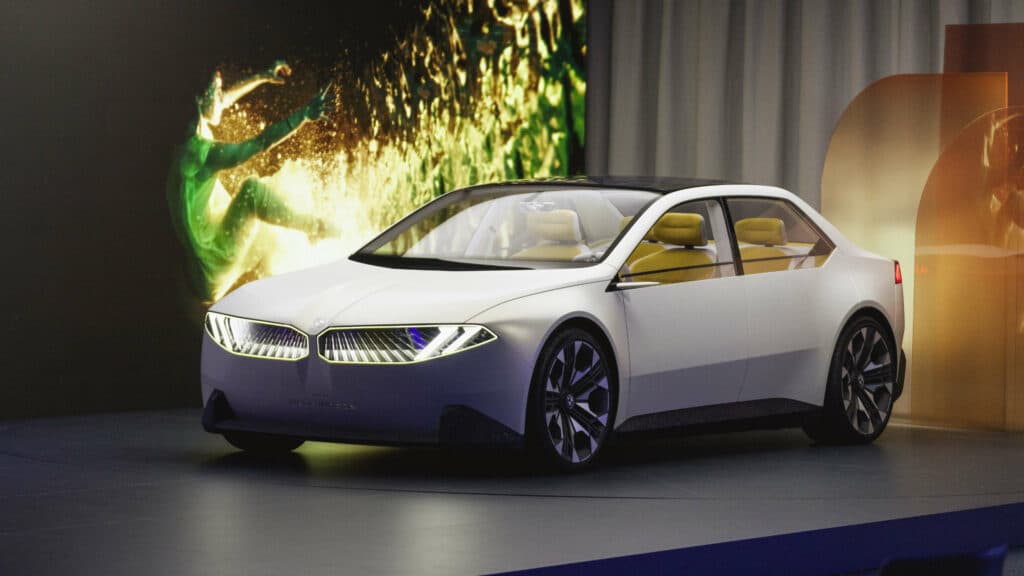
A necessary and well-considered development
With the Neue Klasse, BMW is showing its intention to look to the future. This choice is not an abandonment of the past, but an evolution. By focusing on increased autonomy and maintained performance, the brand wants to demonstrate that it is possible to maintain the pleasure of driving in a different way. The success of this transition will depend in part on BMW’s ability to bring together its longstanding customers and new electric mobility enthusiasts.
A bridge between tradition and modernity
The dialogue between BMW purists and new fans could be based on proposals such as that of independent Korean designer Ihn Lee. He has imagined a fusion between the iconic 1980 M3 E30, a benchmark in automotive design, and the first visuals of the Neue Klasse. The result is a compact two-door that combines elegance and character: four round lights at the front, this time LED, a wide grille inspired by the era but modernised, a more pronounced front bumper, and square side panels and arches reminiscent of classic BMW styling. The rear end is clearly inspired by the Neue Klasse, while retaining its 80s heritage. This proposal illustrates how tradition and innovation can be reconciled.
